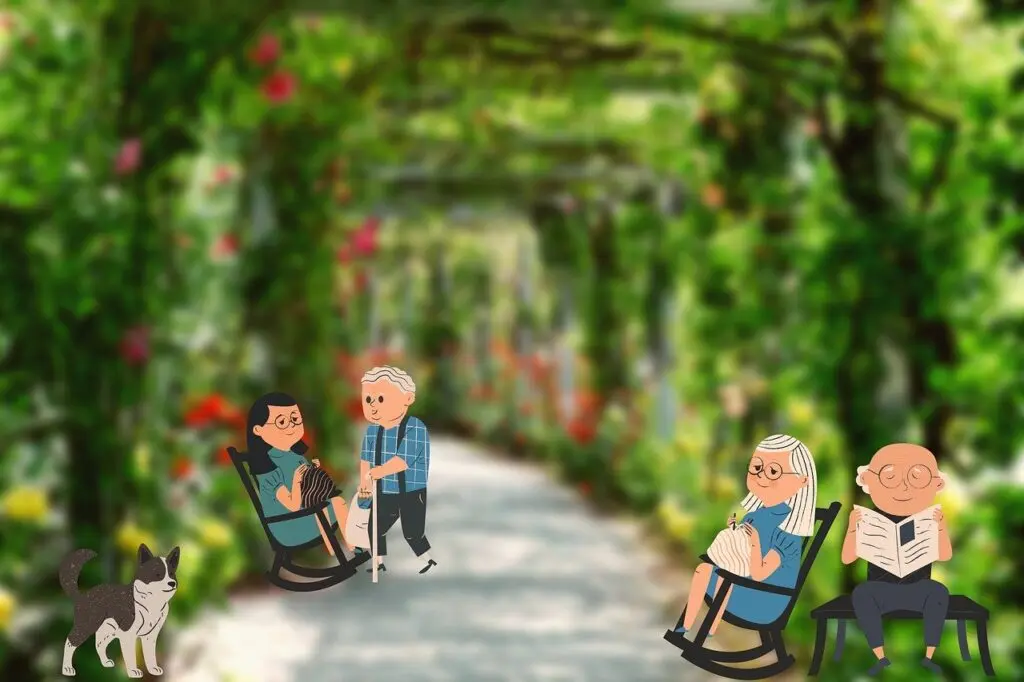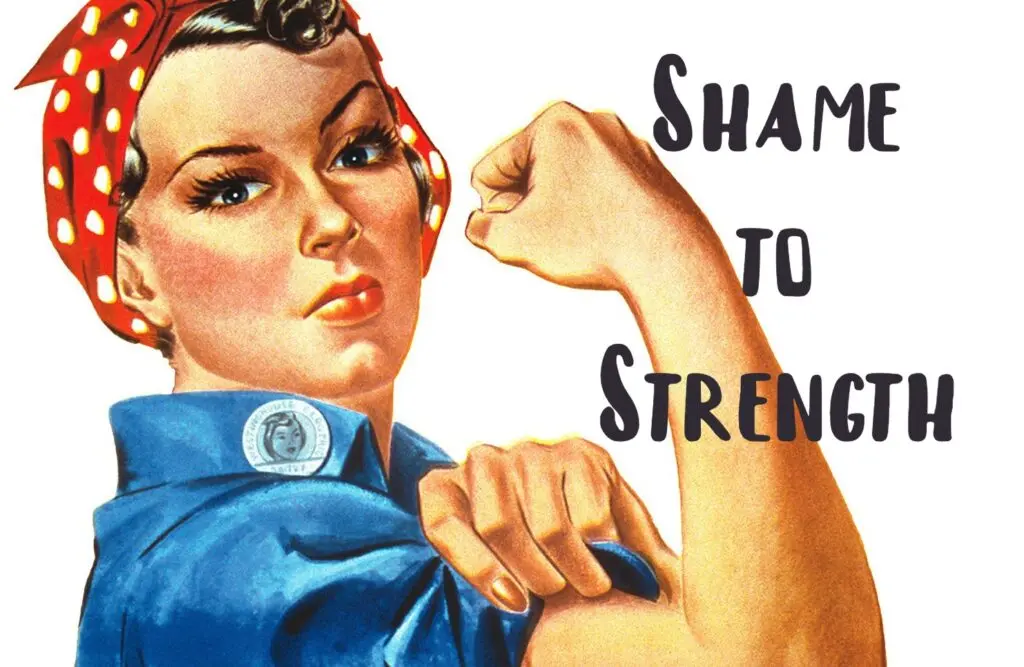In an aging society, adapting homes to meet the needs of the elderly is becoming increasingly important. This adaptation is not just about safety, but also about ensuring accessibility and maintaining a high quality of life. As mobility and health needs change with age, homes that were once ideal can become challenging environments.
1. Introduction to Adapting Homes for Elderly Safety
The Growing Need for Home Adaptations
As life expectancies increase and the population ages, the importance of adapting homes for the safety of seniors becomes undeniable. Aging often brings physical limitations and increased risks of falls or accidents within the home environment. To tackle these challenges, home modifications are necessary to provide older adults with the ability to live safely and independently. Importantly, adapting the living space not only promotes autonomy but also significantly improves the quality of life for our elderly loved ones.
Statistics show an upward trend in the number of seniors preferring to age in place, emphasizing the critical demand for suitable living conditions. These necessary adaptations can range from small changes, like the installation of grab bars in bathrooms, to larger-scale renovations, such as stairlifts or walk-in tubs. Recognizing and addressing the distinctive needs of the elderly is unsurprisingly becoming an integral part of contemporary home design and caregiving.
Key Aspects of a Safe and Accessible Home
A safe and accessible home for older adults encompasses a wide array of considerations, carefully tailored to mitigate the risks associated with aging. Mobility and ease of access are paramount. Wider doorways for wheelchair or walker passage, ramps to circumvent stairs, and lowered kitchen counters can make a significant difference. Additionally, adequate lighting throughout the home minimizes the risk of falls and accidents, which are particularly hazardous for the elderly.
Flooring choices also play a critical role in adapting homes for elderly safety. Slip-resistant surfaces are essential, reducing the chances of slips and falls. Likewise, personal alert systems and accessible phone placements ensure help is readily available during emergencies. Bathroom adaptations, often a hotspot for mishaps, should include non-slip mats, shower seats, and easy-to-reach toiletry storage. Ultimately, a comprehensively modified home fosters an environment where aging individuals can maintain their dignity, independence, and wellbeing.
Implementing these changes not only safeguards the elderly but also provides peace of mind for their family and caregivers. It affirms that the residence of an elderly individual is equipped to support their evolving needs, thereby enabling them to navigate their daily lives with confidence and comfort. Thus, taking proactive steps in home modification is an investment in the longevity and happiness of our aging population.
2. Assessing the home for Elderly Safety
Common Hazards in the Home
For older adults wishing to maintain independence, ensuring the home environment is safe is critical. One of the first steps in adapting homes for elderly safety is to identify common hazards. This involves a careful inspection of each room to pinpoint potential risks such as loose carpets, inadequate lighting, and clutter that can interfere with mobility. Bathrooms also need special attention as they are common sites for slips and falls with slick surfaces and step-over tub edges. The kitchen, with its mix of appliances, heat sources, and sharp utensils, also warrants a thorough review.
In the living areas, checking furniture arrangements for ample walking space helps prevent trips and falls. Additionally, the installation of handrails and grab bars in strategic places, along with ensuring stairs have non-skid surfaces and solid railings, can mitigate fall risks. Finally, assessing the bedroom for ease of access, especially when getting in and out of bed, is essential for daily function and preventing injury.
Professional Assessments vs. DIY Safety Checks
When it comes to evaluating your living space for potential dangers, you can choose to do it yourself or hire a professional. A DIY safety check can be a proactive first step. This involves using checklists and guidelines provided by reputable sources to systematically review and address hazards. It’s a cost-effective method that empowers individuals and caregivers to make immediate improvements.
However, for a more comprehensive assessment, seeking a professional evaluator offers the advantage of specialized knowledge. These assessors can provide tailored recommendations and point out risks that may not be obvious to the untrained eye. Professionals, such as occupational therapists, have the expertise to suggest home modifications that accommodate specific mobility or health needs. Furthermore, involving a professional can ensure that any adaptations comply with safety regulations and are implemented correctly.
Whether choosing to conduct a DIY review or opting for a professional assessment, the goal remains the same: creating a secure environment that supports the wellbeing of elderly residents. By addressing both common hazards and individual needs, families can significantly enhance the quality of life and safety for their loved ones.
3. Main Areas of Focus for Adaptation
Ensuring our living environments cater to our changing needs is crucial as we age. Adapting homes for elderly safety becomes a top priority to promote independence and prevent accidents. Within the home, certain areas require more attention than others for safe and comfortable living.
Enhancing Bathroom Safety and Accessibility
The bathroom is often one of the most hazardous areas in a home for seniors. To mitigate risks, installing grab bars can provide support and stability when using the toilet or stepping in and out of the bathtub or shower. A bathroom can be further adapted by using a shower chair or bench and a handheld shower nozzle to allow safe and seated bathing. Non-slip floor mats are essential to prevent slipping on wet surfaces. For ultimate safety and ease of use, consider remodeling by installing a walk-in bathtub or a no-threshold shower.
Creating a Safe and Accessible Kitchen
The kitchen is the heart of the home, and maintaining its accessibility is important for seniors who enjoy cooking and maintaining a degree of independence. Easy-to-reach storage solutions, such as pull-out shelves and lazy Susans, eliminate the need for strenuous bending or reaching. Clear pathways and a well-organized layout help prevent trips and falls. Adjusting the height of counters and sinks can reduce the need for excessive bending or stretching, making kitchen tasks less physically demanding.
Ensuring Safe Mobility Through Hallways and Doorways
To move around the home with ease, seniors need clear and unobstructed pathways. This involves making sure hallways and doorways are wide enough to accommodate mobility aids like walkers or wheelchairs if necessary. Lever-style door handles are easier to operate than knobs, especially for those with limited hand strength or arthritis. Adequate lighting is a simple yet vital factor that helps to identify potential trip hazards and to navigate safely between rooms. Consider automatic night lights to illuminate pathways after dark.
Adaptation efforts can lead to significant safety improvements in the home environment for the elderly. With thoughtful modifications and the use of adaptive equipment, aging individuals can enjoy a higher quality of life with enhanced mobility, autonomy, and wellbeing.
4. Adapting Living Spaces for Comfort and Safety
Adapting Bedrooms for Easy Accessibility
As we age, our homes need to evolve with us to ensure they remain safe and comfortable. In the bedroom, this means focusing on simple modifications that can significantly reduce the risk of falls and increase convenience. For older adults, the bedroom should be a sanctuary that supports both rest and mobility.
- Adjusting Bed Height: The height of the bed can make a big difference. A bed that’s too high or too low can pose challenges. Consider an adjustable bed or add risers to achieve the optimal height for easy access.
- Clear Pathways: Ensure there’s ample space to walk around the bedroom, especially if a walker or wheelchair is in use. This might mean reorganizing furniture or removing unnecessary pieces.
- Accessible Storage: Clothing and personal items should be within easy reach. Consider lower closet rods and drawers that slide out easily to prevent overreaching or bending that could lead to injury.
- Proper Lighting: Adequate lighting is crucial to avoid missteps and falls in the night. Consider installing motion-sensor lights that illuminate the path to the bathroom or the use of nightlights.
Living Room Adjustments for Elderly Comfort
The living room is often the heart of the home and adapting it for elderly comfort means creating a space where older adults can relax and socialize without concern for their safety.
- Furniture Placement: Arrange furniture to support mobility aids and to allow for easy navigation. Open areas can prevent falls, while the right furniture arrangement can also offer support when moving from sitting to standing positions.
- Seating Options: Select chairs and sofas with firmer cushions and armrests to make sitting down and standing up easier. The seating should also be at an appropriate height to prevent strain on the knees and back.
- Flooring Choices: Opt for non-slip flooring or secure rugs with non-slip pads to reduce hazard risks. This can help prevent slips and falls, which are common concerns for the elderly.
- Accessible Technology: Place remote controls, telephones, and other technology within easy reach. Consider using large-button or voice-activated devices to aid those with visual or mobility impairments.
By making these adjustments, adapting homes for elderly safety need not be a daunting task. Instead, it becomes a step toward empowering older adults to live comfortably and independently. Such adaptations not only improve safety but also enhance the quality of life, ensuring that the elderly can enjoy their living spaces without facing unnecessary daily challenges.
5. Technical Solutions for Home Adaptation
With the growing focus on adapting homes for elderly safety, it’s worth exploring the various technical solutions that enhance both safety and accessibility for older adults. Advances in technology have brought forth innovative products that can aid older residents to live more comfortably and independently in their own homes.
Incorporating Smart Home Technology for Elderly Residents
Smart home technology offers a plethora of tools designed to simplify daily routines and increase the safety of elderly individuals living alone. One such advancement is voice-activated systems. These systems allow users to control lighting, temperature, and even lock doors with simple voice commands, eliminating the need to move around excessively and reducing the risk of falls.
Additionally, smart sensors can be placed around the home to monitor movement and alert caregivers if there’s a lack of activity which could indicate a fall or other emergency. For those with cognitive impairments such as dementia, GPS tracking devices embedded in wearables can help locate them if they wander off.
Emergency Alert Systems and How They Can Help
Emergency alert systems are critical components for elderly individuals, particularly those with chronic health issues or limited mobility. These systems typically come in the form of wearable pendants or bracelets with buttons that the user can press to call for help in the event of an emergency.
Some alert systems are now equipped with automatic fall detection, meaning they can send an alert to emergency services without the user needing to press a button – a valuable feature if the user is incapacitated. Moreover, these systems often include two-way communication capabilities, so the user can speak directly to a response center, providing reassurance until help arrives.
Implementing these technical solutions can significantly improve the quality of life for elderly residents, giving them and their loved ones peace of mind. Staying up-to-date with the latest advancements in home adaptation technologies is key to ensuring the safety and comfort of older adults in their homes.
6. Conclusion: The Importance of Ongoing Adaptation and Maintenance
Benefits of Home Adaptations for Senior Safety and Comfort
As individuals age, their living environments need to evolve to support their changing needs. adapting homes for elderly safety is not a one-time event but a continuous process that benefits both older adults and their caregivers. By implementing modifications such as grab bars in bathrooms, improved lighting, and step-free access, these adapted homes can significantly reduce the risk of falls—a common and often serious problem among seniors. Enhanced safety measures also bring peace of mind to both the elderly residents and their loved ones.
Enhanced home safety not only fosters an elderly person’s ability to live more independently but also alleviates some of the physical and emotional strains on caregivers. With fewer hazards, caregivers can expect a decrease in emergency situations, allowing for a focus on quality care and companionship. By creating a safer living space, seniors can maintain a higher quality of life, preserving their dignity and comfort.
Enriching Lives through Community Support
Community and support services act as vital components in the ecosystem of safely adapted living environments for seniors. These services often provide the necessary guidance and assistance to implement home adaptations effectively. They may also offer training to caregivers on how to use the modified features of the home to best support the resident’s needs.
- Support services can help identify potential safety issues within the home that might be overlooked by family members.
- They also provide access to resources such as financial assistance programs for home modifications.
Involvement with local support groups and community services also opens up opportunities for social engagement. Social interaction can be a key factor in improving the mental health and overall well-being of elderly individuals. Moreover, it keeps them connected to a network of peers and professionals who can provide support and insight into managing their living spaces more safely and comfortably.
In conclusion, the journey towards crafting a safe and accessible home environment is ongoing. Continuous adaptation and maintenance are required to meet the evolving needs of the elderly. With the collaborative effort of caregivers, community, and support services, seniors can enjoy a higher level of safety and independence in their cherished homes.
Fun fact: The concept of home adaptation for the elderly is globally relevant. By 2050, the number of people aged 60 years and older is expected to double globally, making this topic increasingly important worldwide. This reflects a universal shift in demographics and emphasizes the growing need for age-friendly living environments across different cultures and countries.


